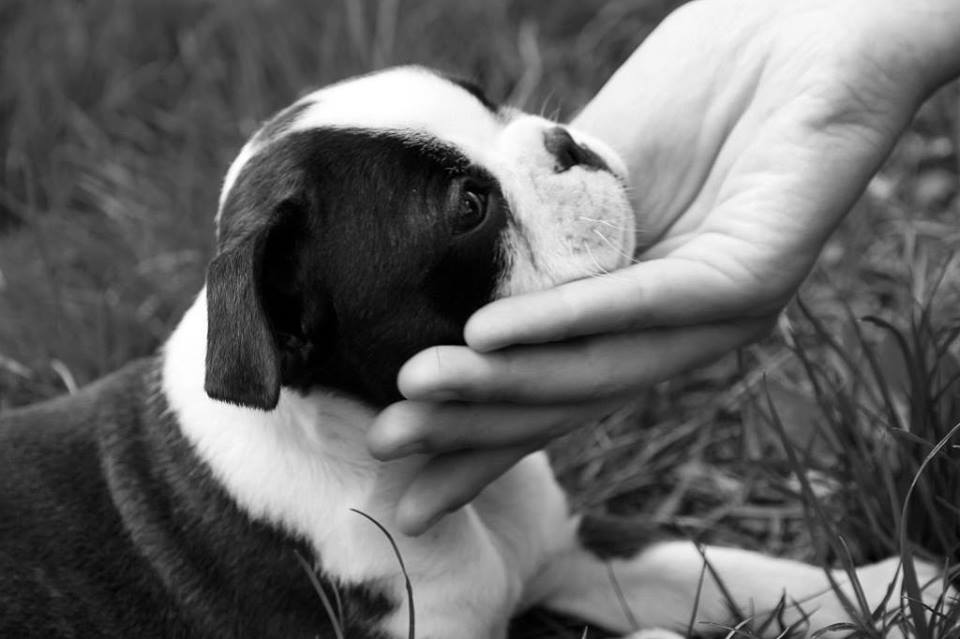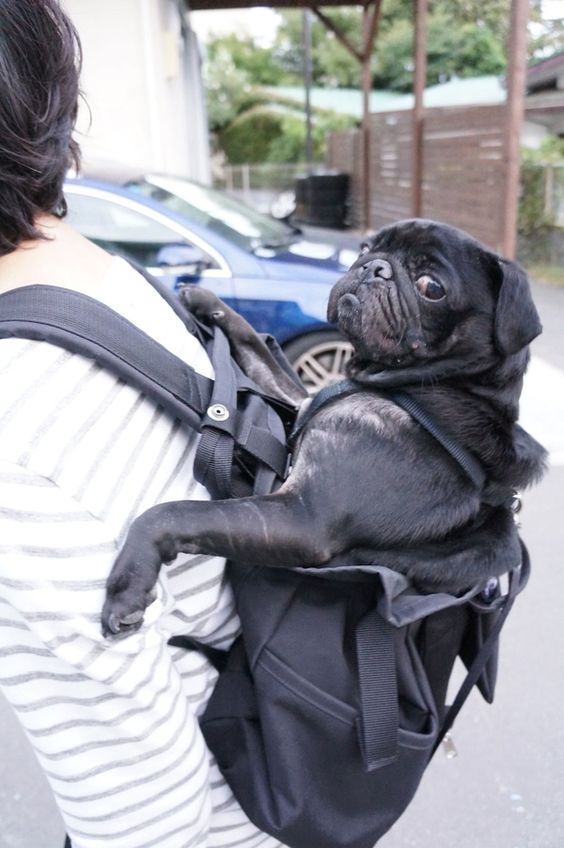Congratulations on choosing a new puppy. Dog parenting is one of the most rewarding things a person can undertake, although it’s not without its trials and tribulations. Take toilet training puppy , for example. With a little time and patience, your puppy will soon learn the difference between the right and wrong way to go about things. However, if you engage in training halfheartedly, you’re in for a world of smelly accidents and inconvenient puddles.

Once a puppy hits 12-16 weeks, it should be able to control its bladder and bowels with more success, and serious toilet training can begin.
Go shopping
Just as you’ve planned your puppy’s bed, food bowls, smart collar and lead, and toys, you’re going to need a few supplies for toilet training, too. Training pads are popular, as they can be used to remind a puppy where to go each time. You’re also going to need an eco-friendly cleaner or odor destroyer. Check that you’re using one without ammonia, as the presence of strong chemicals can encourage your puppy to return to the scene of the accident.
Choose a toileting spot

Where do you want your puppy to go to the toilet? Will it be crated, or have access to a yard or outdoor area? Whatever you decide, help your puppy to familiarize itself with its toilet, placing a puppy pad or newspaper where you’d like it to go. Give your puppy time to sniff the area, and to feel more comfortable in the surroundings. It might also be useful to place a small, soiled pad in his toilet spot, so that your puppy comes to recognize where it’s allowed to relieve itself.
Work out your toileting routine
Toilet training your puppy will rely on an established routine, and mutual trust. From the moment you bring it home, keep a diary of when your puppy gets up, eats, plays and sleeps, as well as when it goes to the toilet of its own accord. Your training regime will need to accommodate the schedule. As a rule, encourage your puppy to toilet first thing in the morning, after every meal, while exploring and after play, and before you go to bed. There will, of course, be trips in between. It may also be worth choosing a command, or a word that you can call while your puppy is toileting. He or she will come to associate that word with the feeling of needing to go and ensure you’re better able to work as a team to avoid accidents.
“I’ve gotta go!”
Your puppy cannot tell you that it needs the toilet, so learn to spot the signs that it’s bursting to go. Whining, pacing by the door, circling or restlessness can indicate that your puppy needs a toilet break, so be sure to follow through with your established routine. Remember that puppies have a small, active bladder and cannot hold on.
Toileting while out and about
So, you’ve nailed toilet training in your home and back yard. However, the big, wide world can be scary for a puppy that isn’t quite sure where to go. In fact, you may notice that your puppy refuses to toilet while you’re walking. The dog isn’t disobeying you; it’s only trying hard to please you. Take your puppy out for a walk before its usual, early morning visit into the yard, and use your chosen command to encourage it to go. It will soon learn, with a little praise, that it can go about its business while you’re out and about, too.
Train with praise, not punishment
Your puppy may not understand what’s being expected of it to begin with, so use plenty of praise each time it goes to the toilet in your preferred spot. Reward your puppy with a treat, a hearty ‘good job’ or a celebratory belly rub, and it will come to associate toileting with warm, fuzzy feelings. Harsh words or scolding may encourage your puppy to fear toileting in front of you and delay it in getting it right. Toilet training is based on mutual trust; make sure you have your puppy’s faith in you.
Remember to stay with your puppy whenever he or she toilets, at least to begin with. Young dogs can become nervous when they’re left alone, and your puppy may concentrate on finding you rather than doing its business. Gently praise your pup during each instance of preferred behavior and be mindful that toilet training often takes time. However, with a little patience and consistence, and a lot of belly rubs, you’ll soon be on your way to a confident, trained puppy and distinctly drier floors and furniture.
===================================================




























